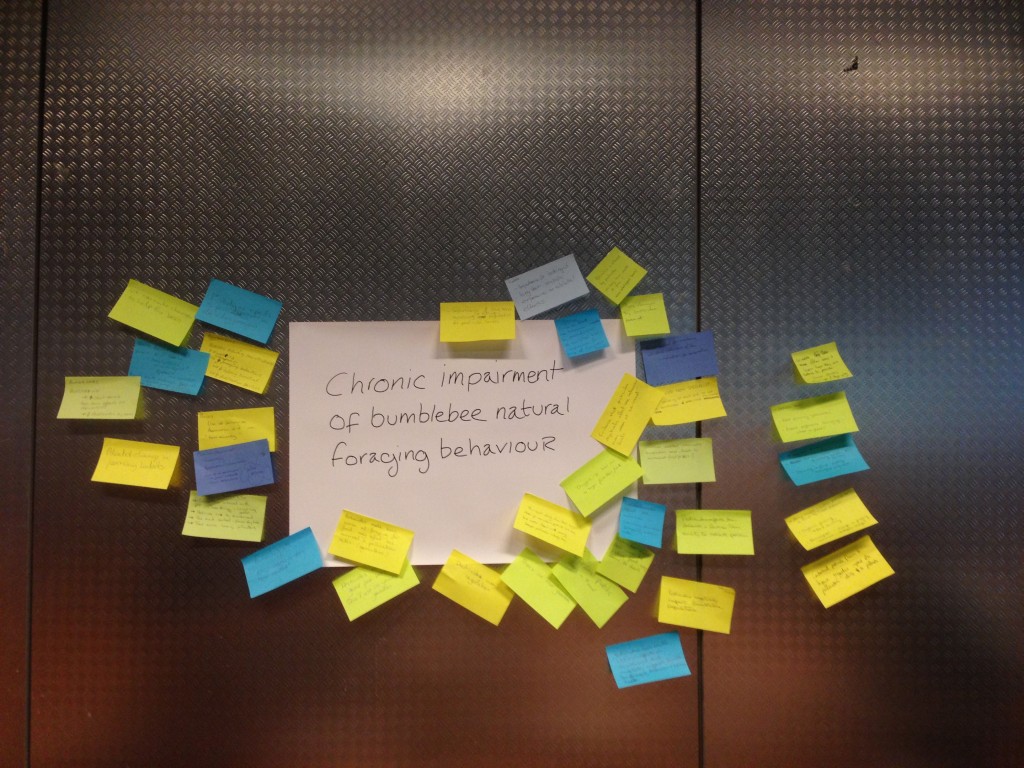Maximising the reach of your research paper
Whether you’re communicating your research to the general public, policy makers or to other researchers, extending the reach of your paper is an important skill to develop. Each of these target audiences will have very different interests so it’s important to tailor your message to the appropriate group. Ken Thompson, GrrlScientist and Jennifer Meyer led an interesting workshop at the BES/SFE meeting today which highlighted some key considerations and practical tips on how to sell your research.
Ken Thompson started off the session with his advice on how to find the story in a research paper. Some papers will be immediately accessible and interesting to a wide audience while others might need a creative twist to capture the public’s interest. Linking new research to well-loved film characters or recent political events are good ways to promote a story.
GrrlScientist advised that she always looks for the story behind a paper. She asks authors about their field work stories, experimental design and the history of how they came up with a particular idea. Her aim is to show how science is done and to demonstrate that, rather than being a “collection of opinions”, science is based on hard evidence and rigorous investigation. For example, one of her recent articles that had a particularly good back story asked whether pufferfishes hold their breath while inflated.
Jennifer Meyer offered insights from the publishing world about how academic journals look for press-worthy stories and help to promote their authors. She highlighted the importance of working with your institution’s press officers to publicise your new research and the benefits of using videos and podcasts to widen your public appeal.
With this background, we were split into small groups and set the task of promoting a set of six research papers to three different audiences: the general public, interested non-specialists (policy makers, citizen scientists etc.) and other academics.
We distributed our suggestions for each paper on colour-coded post its surrounding each paper: there were a lot of pretty collages by the end! It was interesting to consider how the same research could be packaged in very different ways depending on your target audience.

Finally, we summarised our messages for each group into the length of a tweet: bite-size communication for the information age. Here’s a selection of some of the suggestions for how to communicate two of the papers to different audiences.
Bumblebee foraging affected by pesticides:
Public: “Chemical cocktails intoxicate bumblebees and may lead to increasing food prices”
Policy: “Pesticides make bees worse at foraging for food: may affect bee survival and pollination rates”
Scientists: “New study of bumblebee foraging uses RFID tags to highlight the importance of looking at long-term, realistic exposure to sub-lethal effects of pesticides”.
Birds adapt to oxidative stress caused by chronic exposure to low dose radiation in Chernobyl
Public: “The light at the end of the tunnel – birds can cope with Chernobyl radiation.”
Policy: “Ecosystems can recover after exposure to radiation.”
Scientists: “New methods provide evidence of rapid evolution in response to environmental change.”
Sive (BES Press Intern)
Twitter: @SiveFinlay
Like what we stand for?
Support our mission and help develop the next generation of ecologists by donating to the British Ecological Society.